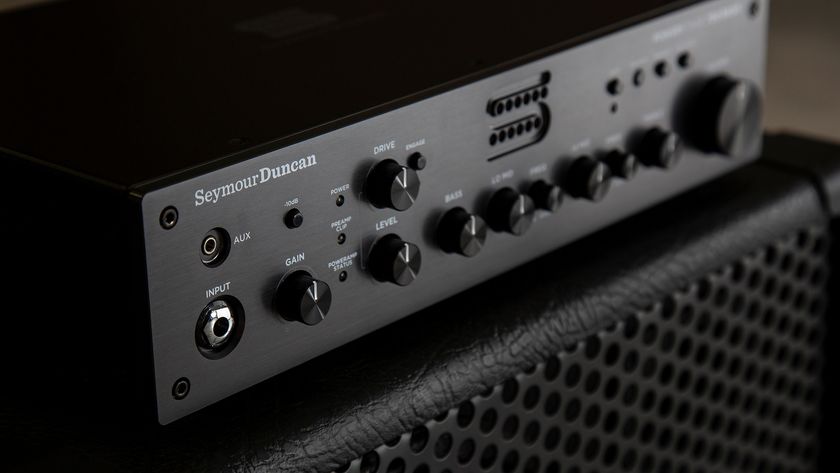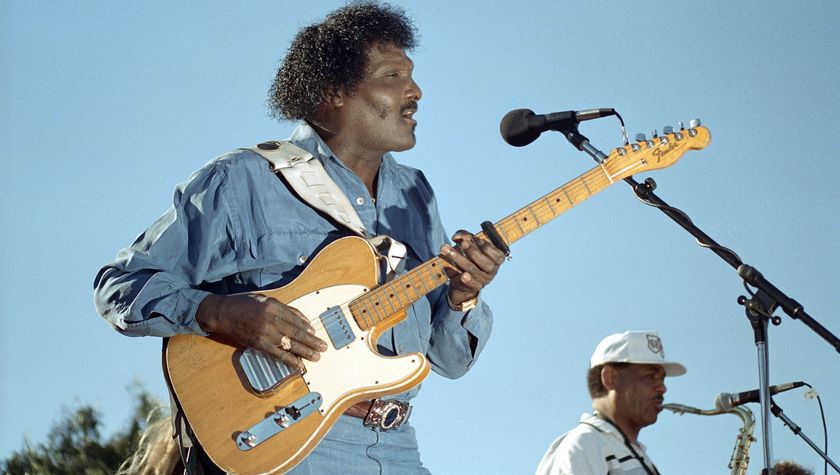Troy Redfern on how a musical awakening via Marty McFly led to a lifelong fascination with country blues guitar
The doyen of fuzzed-up slide guitar unpacks his influences, his pedalboard, and recalls how he made friends with Bumblefoot
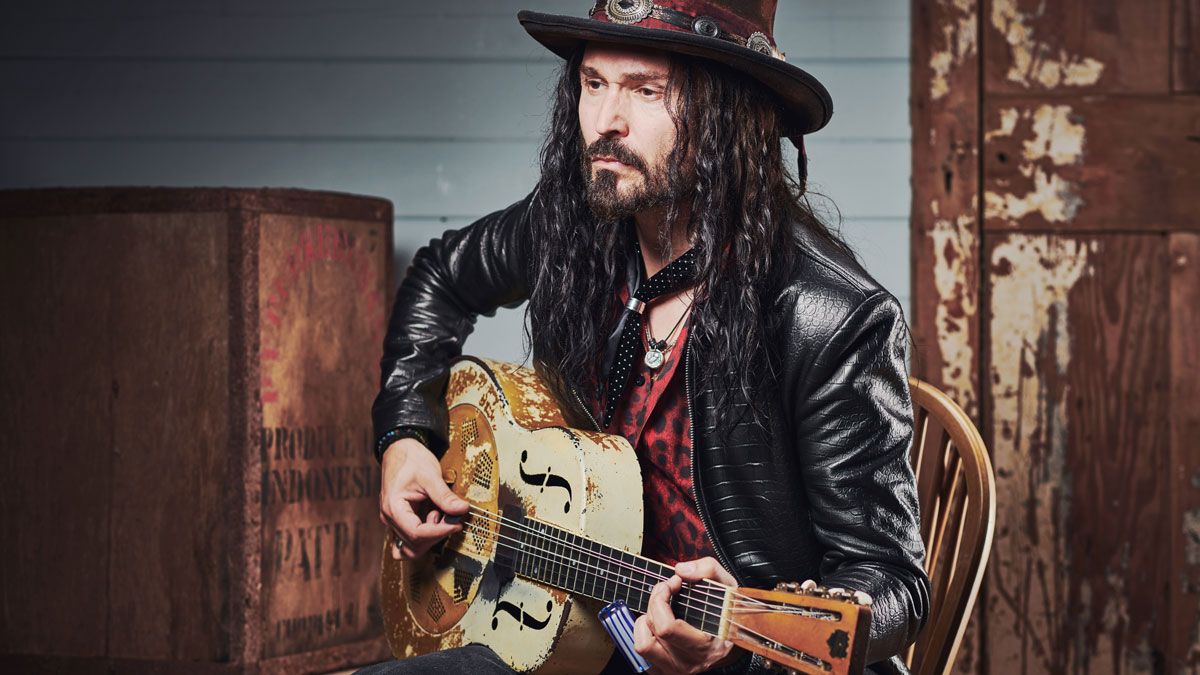
As the world slowly opens up to live music once more, few people are more eager to get back on the road than Troy Redfern. With a new album, The Fire Cosmic!, out now and a UK tour with fellow bluesers Robert Jon & The Wreck, plus some summer festival appearances under his belt, his enthusiasm is infectious.
Like so many musicians before him, Troy’s interest in music started early. “When I was six years old I discovered Queen through one of my older brothers and kind of became obsessed,” he tells us, as we settle down in the Guitarist studios. “I got A Night At The Opera and would listen to that incessantly, and then Sheer Heart Attack…”
But it was courtesy of Michael J Fox’s guitar-wielding exploits in Spielberg’s time-travelling fantasy, Back To The Future, and then later on an introduction to country blues by a friend, that really sealed the deal.
“I would have been about nine, and I saw the famous Johnny B. Goode scene, and I thought, ‘That’s what I want to do.’ Then a friend lent me a Son House album when I was about 13 and he was just completely different to anything I’d ever heard – just his raw, authentic approach. The thing is with those early guitar guys, you can hear that it’s them coming through the strings.”
When did you get your first guitar?
“After watching Back To The Future, I convinced my parents to get me a guitar, quite a cheap electric, an Encore I think it was, and I began teaching myself. I had maybe 10 lessons, but found it hard learning the way the guy was teaching me. So I decided to just learn from records. I think I was about 16 years old when someone showed me how to open tune a guitar and from then on I just carried on experimenting with that.”
RL Burnside, all the hill country guys, basically. Fred McDowell, especially. I just find that playing so honest
And then you began playing with local bands?
Get The Pick Newsletter
All the latest guitar news, interviews, lessons, reviews, deals and more, direct to your inbox!
“Yes, I played in cover bands when I left school. I was in a band with a guy called Joe Gooch, who was in Ten Years After for a while. We grew up together and we had various bands, and then he moved on to do the Ten Years After thing. So I was writing and gigging original material, but it was a funny time – it was the 2000s and there wasn’t much of a scene.
“We were quite rural where we were based, so we didn’t have any contacts at all, sort of living in the middle of nowhere and visiting cities like Worcester or Cheltenham and knew no-one. You’d do your gig, you’d go home. We didn’t even understand about hanging around and talking to people or anything, you know, just do the gig, go home. So it was quite tricky.”
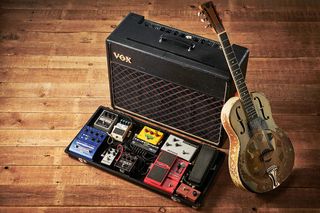
And then you eventually begin touring under your own name?
“Yes, I decided to go out under my own name and just get different players in to play with me. That’s when things started moving a bit more because I’d go to blues festivals and meet people. When I first started The Troy Redfern Band it took four years to get onto the main stages at blues festivals.
“And, at the same time, I was meeting other people who were doing the same sort of thing and they were doing gigs in the Czech Republic and Russia. So they would put me on to the promoter so I could then get gigs out there. It’s kind of worked like that, really. But it’s taken a long, long time.
“I put it down to just being so far away from everything and knowing no-one. The internet’s really helped that. You know, pre-internet days, forget about it! But at least now you can find out what’s going on and what scenes are happening.”
Was it Son House that began your interest in slide guitar?
“It would have been Son House, yeah. But RL Burnside, all the hill country guys, basically. Fred McDowell, especially. I just find that playing so honest, you know? On the other hand, I like John McLaughlin, John Scofield and Bill Frisell.
“I love that music, but there’s just something raw and primal about that hill country style. Not so much Chicago, when it got slick, that doesn’t really interest me as much because that’s more like showband material. But those early guys, that’s where it’s at for me.”
When did you get your Nationals?
“For years I had a Michael Messer Resonator because I researched and found that those are the ones to go for if you’re not getting an actual National. His attention to detail of the originals was the way forward. So I stuck with that one for a long time.
“Then I bought a Duolian, from Vintage ‘n’ Rare [Guitars] in Bath. That was amazing, that one. Unfortunately, I had to let that one go, which was an absolute killer, and then I got the Triolian about three years ago, and then the Style 0 last year. So those are fairly recent.”
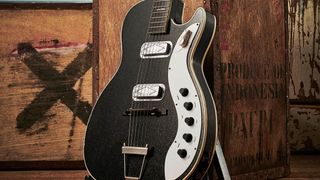
What’s the current line-up of your band?
“It’s a three-piece at the moment. I’d like to get another guitar in, really, just to fill space. Four-piece bands seem to have a lot more air and everyone can relax a bit more. With a three-piece, you have to fill a lot of sound with one guitar.
“On the album I had Darby Todd on drums, who’s played with Robben Ford and those guys, and is an excellent drummer, and Dave Marks on bass, who has worked with Hans Zimmer. They’re just very good guys. The plan is to go out and do some dates with those guys because they’re such amazing players.
“I did a festival three weeks ago, and there was some issue. I had to give Darby a call to see if he could fill in and he got Lee Pomeroy to play bass, and that was amazing. He’s such a lovely guy and such a monster player. There was no rehearsal, so it was the first gig in 18 months, no rehearsals, and I was playing with those guys. That was a by-the-seat-of-the-pants kind of tightrope-walking stuff. But they were absolutely on it.”
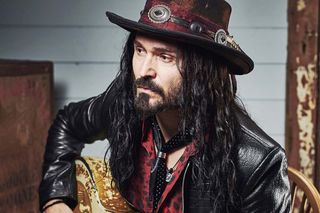
How were you able to get Ron Thal (aka Bumblefoot) to play on your album?
“I was playing at a festival in Poland and they do a press conference and they get the Polish guitar magazine there and all that kind of stuff. I sat next to Ron at the press conference and he seemed like a lovely guy. He’s got a super sharp sense of humour, but very self-deprecating and no ego at all.
“We got on really well and kind of hung out a bit in the day. Anthony Gomes was headlining that night and we were in the foyer in the evening time and Ron said to me, ‘Are you coming to the jam?’ And I was like, ‘I’ve not heard anything about a jam, so probably not.’ And he said, ‘No, come.’
“So we went to the side stage and it’s a pretty well organised festival – there were a few thousand people surging in the theatre. He goes out and plays Knockin’ On Heaven’s Door because he was in Guns N’ Roses, so I think that was a connection to that. They come off and Bumblefoot says to Anthony, ‘One more, one more.’
“Anthony was done. He’d finished his encore. He was done, but he couldn’t say no because it was Bumblefoot. So he said, ‘Okay,’ and Bumblefoot hands me his guitar and sends me out. He’d done that just to get me to play. A lovely, generous guy.
“When I was driving back, I thought, I’m not sure of the etiquette of that kind of thing, but shall I give him a shout and say, ‘Do you fancy putting a solo on a track?’ So I messaged him and he said, ‘Yeah, just send me the track and I’m happy to do that.’ I sent it over and within a day, two days tops, he sent me an absolutely crazy solo, amazing and really creative, especially in that genre.”
What kind of rig do you use when you play live?
“Generally, I take out my Peavey Classic 50, which has been all around Europe. The 30s are quite well known and respected; not so many people know about the 50s. But, to me, they’re just a great workhorse especially just using the clean channel. It’s a great platform for pedals.
“Guitar wise, I take out six or seven because I’ve written so many different songs in different tunings. You’ll have something in open E and something in low C suspended, so you can’t tune a guitar between songs. I’ll take out the National Triolian; that’s the one that comes out with me. I’ll be touring with that later in the year because pretty much everything’s written on that one.
I’ll take out my Silvertone Jupiter. The last couple of albums I’ve written most of the stuff on that, so that’s an important one
“I’ll take out my Silvertone Jupiter. The last couple of albums I’ve written most of the stuff on that, so that’s an important one. I’ve got a Les Paul Historic that I take out for standard [tuning], and as a backup I have a Strat that is a Partscaster – a Deluxe body and a 12-inch radius neck.
“Two overdrives: I use an ’88 ProCo Rat for a basic drive, quite light; I don’t get it too crunchy. And then on top of that for boost I use a Hermida Distortion, and that’s got that kind of classic tone. It’s like a Zendrive but with more gain. I’ve had that for maybe eight years or something and it’s been my go-to pedal. I use an Electro-Harmonix Holy Grail Plus for reverb, and a [Boss] DD-7 for a shallow type delay. And also an Akai Head Rush for looping and for tap delay.
“Then for modulation it’s quite a simple setup. I use a vintage script MXR Phase 45, and that’s going into a classic standard wah-wah into a Frantone [Vibutron] tremolo pedal. So it is a basic setup, very simple for operating live. There’s not too much tap dancing.”
- The Fire Cosmic! is out now.
With over 30 years’ experience writing for guitar magazines, including at one time occupying the role of editor for Guitarist and Guitar Techniques, David is also the best-selling author of a number of guitar books for Sanctuary Publishing, Music Sales, Mel Bay and Hal Leonard. As a player he has performed with blues sax legend Dick Heckstall-Smith, played rock ’n’ roll in Marty Wilde’s band, duetted with Martin Taylor and taken part in charity gigs backing Gary Moore, Bernie Marsden and Robbie McIntosh, among others. An avid composer of acoustic guitar instrumentals, he has released two acclaimed albums, Nocturnal and Arboretum.
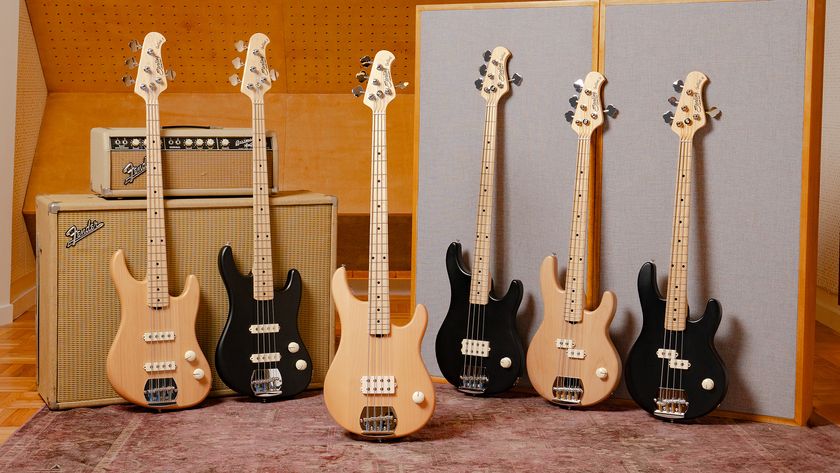
“Affordable versions of the three best basses I've ever held in my hands”: Sterling by Music Man completes its trilogy of Joe Dart signature models with a trio of made-to-order basses that cost less than $500
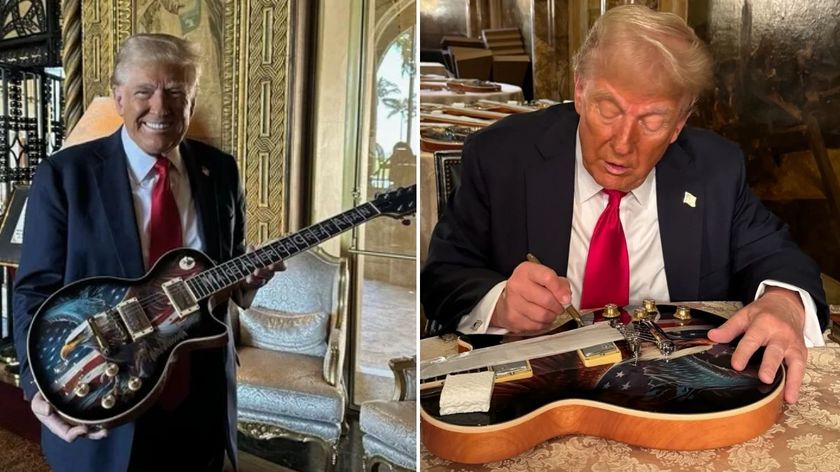
“After his successful election, we sell this kind of guitar in the U.S. We once got an order with 12,000 guitars”: New documentary appears to confirm that Trump Guitars are being manufactured in China

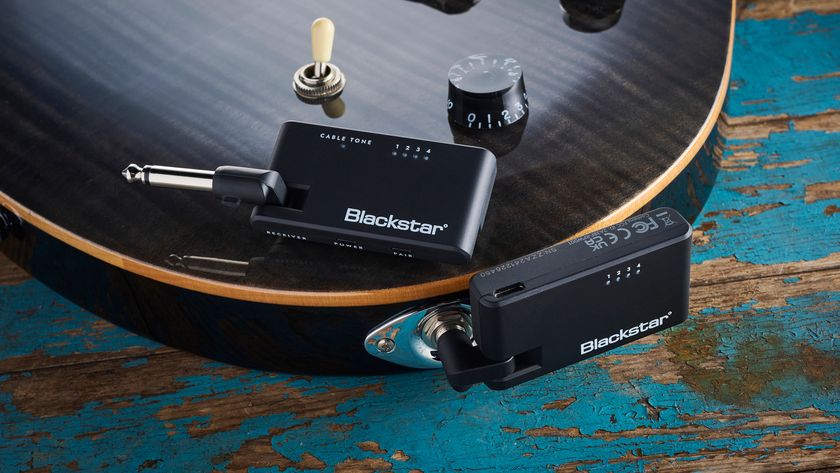
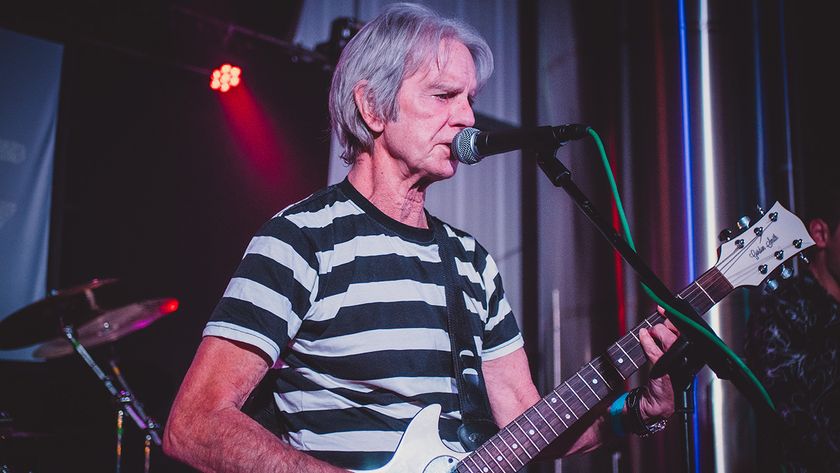
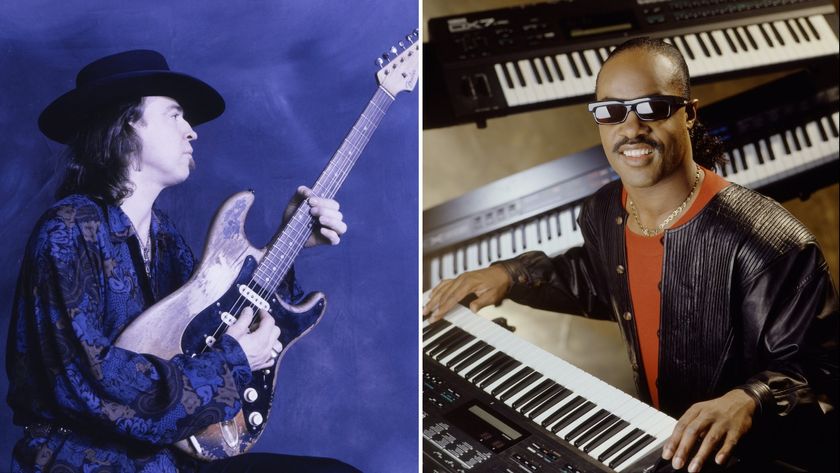
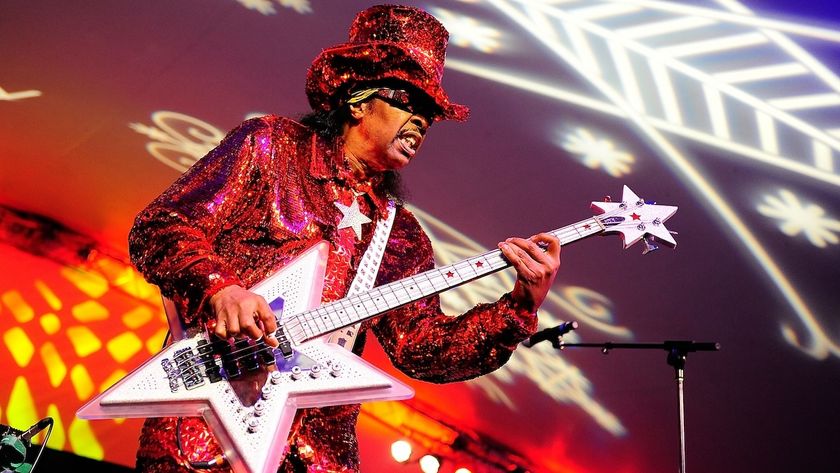
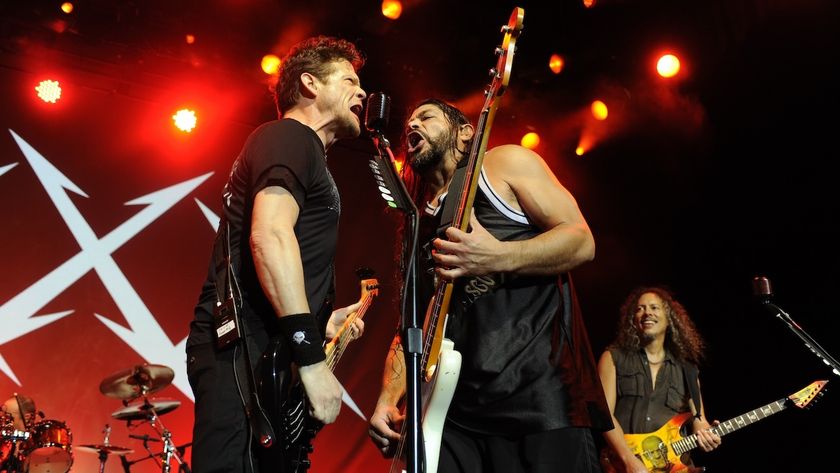
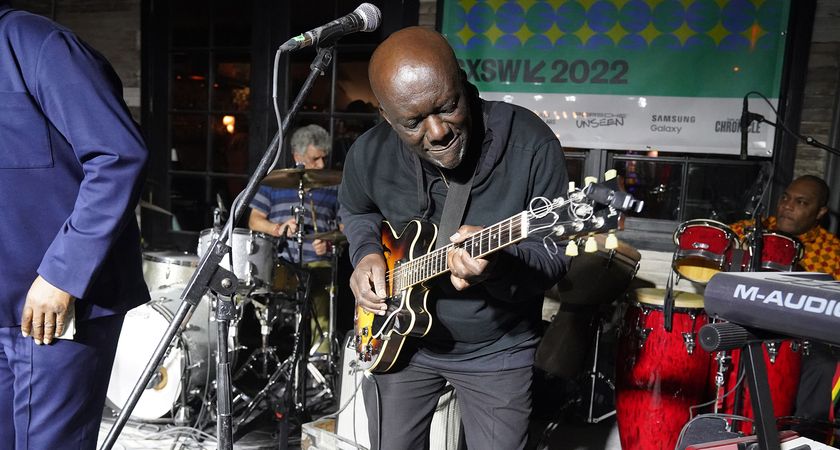
![[L-R] George Harrison, Aashish Khan and John Barham collaborate in the studio](https://cdn.mos.cms.futurecdn.net/VANJajEM56nLiJATg4P5Po-840-80.jpg)
